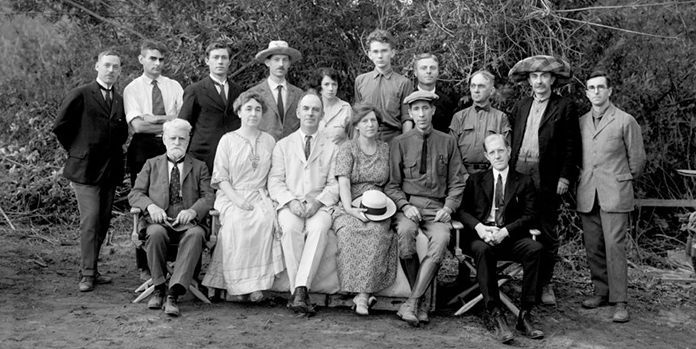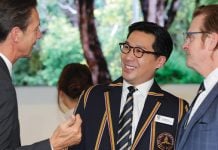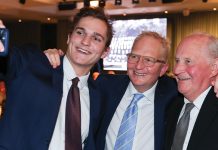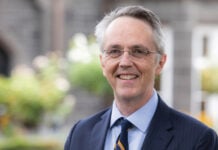
When we look back on the lives of some of our Old Melburnians, the details can seem to belong to another world entirely. The story of Zeus Merfield (OM 1918) is one such life—one in which the merging of what might appear to be disparate interests led to remarkable experiences.
A Renaissance man emerges
While at Melbourne Grammar during the 1910s, Zeus displayed a talent for photography, consistently winning Camera Club competitions and even having his photos published in the School prospectus.
His aptitude for building scientific equipment also shone through from an early age. At a time when audio transmission by radio was very new, Zeus built a radio from scratch aged just 10 or 11 and went on to construct complicated sets of scientific apparatus at School, using it in demonstrations he presented to students and staff.
It was the combination of these interests that saw Zeus travel the world to observe solar eclipses throughout the 1920s.
An opportunity for new exploration
After graduating from Melbourne Grammar, Zeus began studying Physics at the University of Melbourne with a view to obtaining a fellowship and PhD. His brilliance as a student attracted the attention of Professor Sir Thomas Lyle, a pioneer in the use of X-rays as a medical tool. In 1921, he asked Zeus to interrupt his course to join his research program as Assistant Research Officer. Zeus acceded to the request, and he became renowned as an outstanding scientific instrument maker.
On the basis of this, in combination with his photographic prowess, in 1922, Zeus was invited to join an expedition to Goondiwindi in Queensland to test Einstein’s general theory of relativity by measuring aspects of a solar eclipse. The expedition was led by the Victorian Government’s Astronomer, Joseph Baldwin.
Unfortunately, the instruments they were using at the time weren’t sufficiently precise to test the theory conclusively, but there was another group —the US Lick Observatory group viewing the eclipse in Western Australia—who heard about Zeus’s work and invited him to help with their next project.
Following the sun to Mexico and beyond
Within a year, now just 23 years old, Zeus was on board a steam ship headed to Mexico, this time to view a total solar eclipse at Ensenada with the Lick Observatory team. Having made the long voyage, we can only imagine the disappointment of the team when stormy conditions made the collection of any useful data and photography impossible.
This setback did not spell the end of Zeus’s involvement with solar eclipses. In 1926, he set out once again to take photographs and test the theory of relativity as part of an expedition to Sumatra in Indonesia.
This was followed by him representing Australia at the International Astronomical Congress held in Belgium in 1928.
Continuing to follow passions
Having explored parts of the world many of his contemporaries had only ever read about, Zeus then returned to Melbourne and, later, founded Merfield and Sons, which built scientific instruments.
In years to come, Zeus would work as an Experimental Officer and Physicist at the CSIR (now CSIRO) Division of Aeronautics and the Commonwealth Aeronautical Research Laboratories respectively.
His love of photography never left him and Zeus, nearing retirement, began taking photos of many Melbourne theatre productions. A collection of these photographs is now held by the Arts Centre Melbourne, preserving the history of performances at the Tivoli Theatre and Melbourne’s Little Theatre for generations to come.
There is no question that Zeus Merfield led an extraordinary life shaped by following his passions and punctuated with the seizing of opportunities when they arose.


